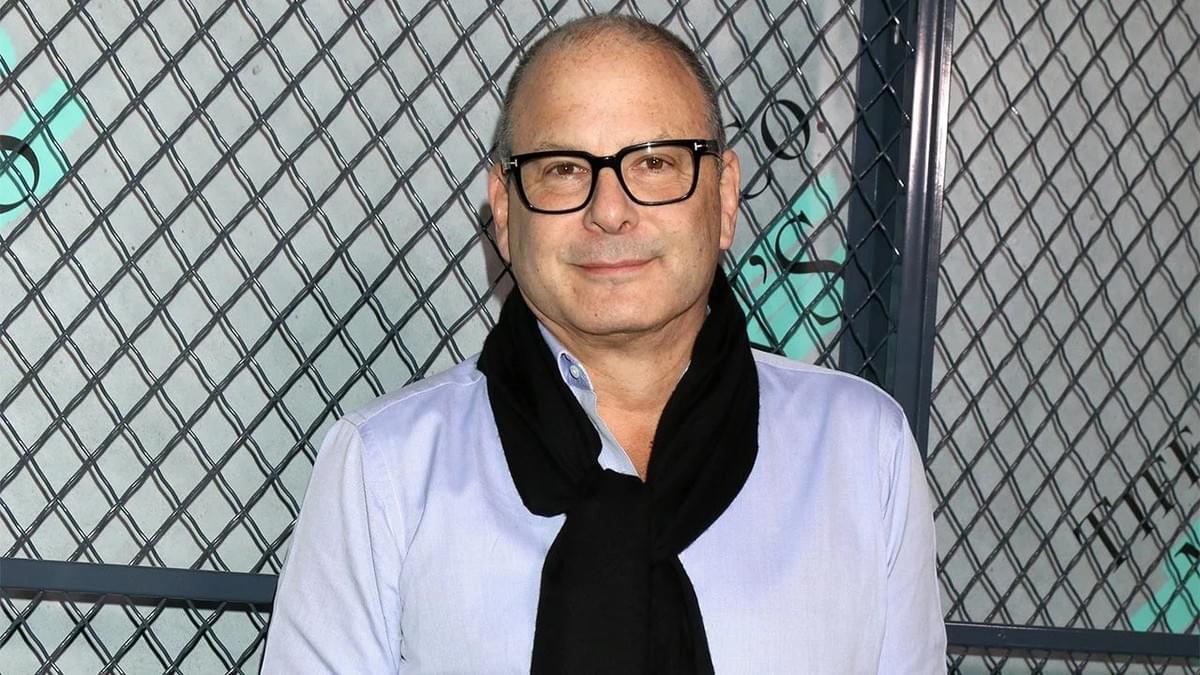
Gap’s Big Move in Jewelry Strategy
Gap is making a bold push into jewelry and accessories: they’ve hired Reed Krakoff, formerly Artistic Director at Tiffany & Co., to lead its jewelry efforts under its accessories division. This decision marks a shift for Gap, aligning with new consumer expectations around aesthetics, sustainability, and brand authority.
Branding vs Substance: What Comes Next?
Bringing in a high-profile creative like Krakoff suggests that Gap wants more than just a fashion label entering jewelry—they want credibility. But in the age of ethical jewelry and demands for transparency, branding depth will matter. Will the pieces reflect traceable materials, responsible sourcing, and perhaps even options like lab-grown diamonds or sustainable gemstones? Or will this be another name-driven fashion line with minimal ethical backbone?
Retail Strategy and Consumer Signals
Gap is expanding accessories into Old Navy stores and other Gap locations, with phased releases slated over 2026. As they scale, consumer expectations—particularly among younger demographics—won’t just be about design: many buyers now expect ecological responsibility. Jewelry brands leaning into lab-grown diamonds and clean sourcing often get loyalty. If Gap fails to meet those expectations, they could risk being seen as fashion-first, ethics-second.
The Standards Are Rising
With attention on transparent origin, recycled materials, carbon footprint, and lab-grown vs natural diamond debates, companies entering jewelry are held to higher ethical standards. GIA notes that sustainability claims are under more scrutiny than ever. If Gap wants to win in this arena, it must move beyond artistic leadership to show real commitments—materials, processes, and supply chain clarity.
Can Gap Lead the Way or Just Follow the Trend?
With Reed Krakoff’s reputation behind them, Gap has an opportunity to set new ethical jewelry benchmarks in accessible fashion. But reputation alone won’t suffice. The jewelry world is increasingly split between brands that offer purely aesthetic appeal and those that marry aesthetics with genuine ethical credentials. The success of Gap’s push may depend on whether they commit to lab-grown diamonds, sustainable gemstone sourcing, and ethical transparency— or simply ride the waves of current trends.
